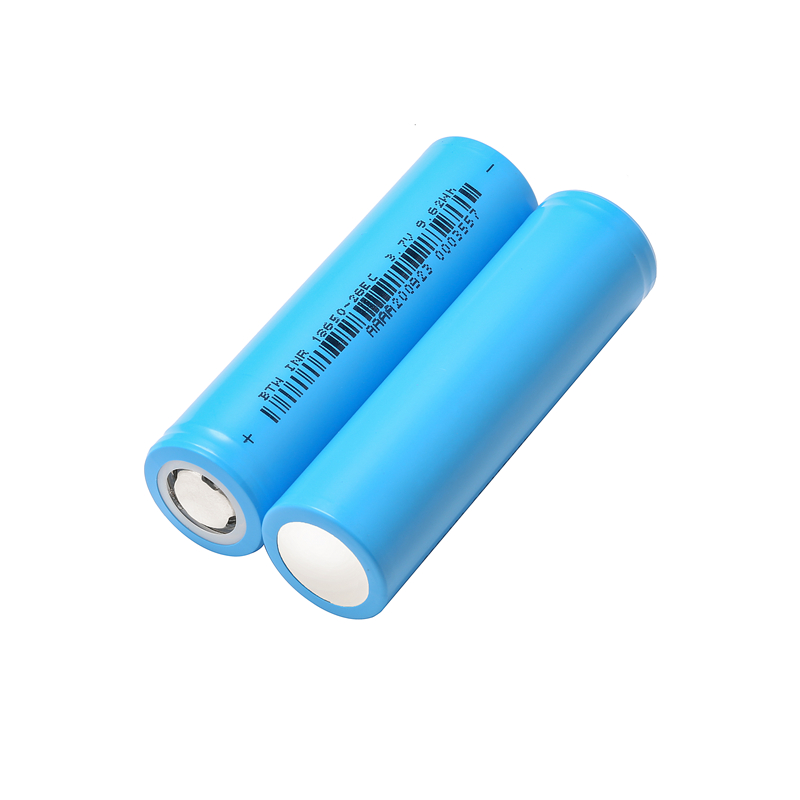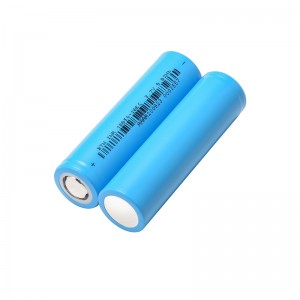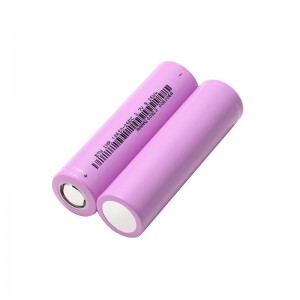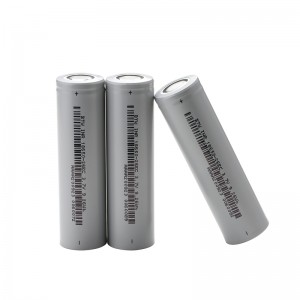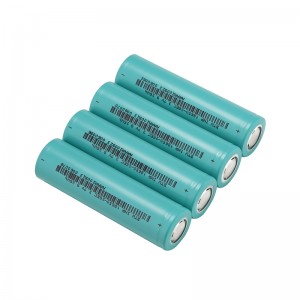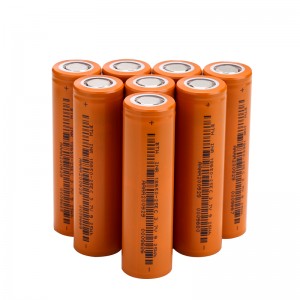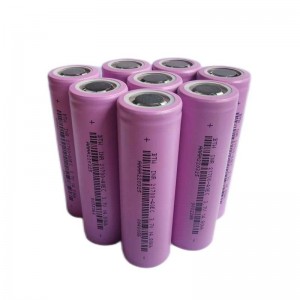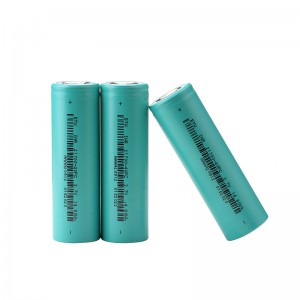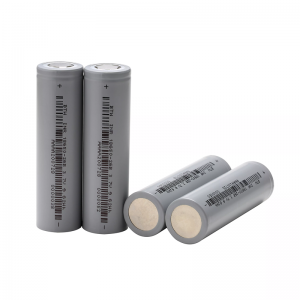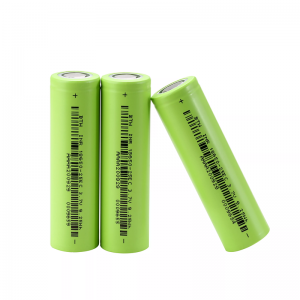Better Way INR 18650-26EC Batterie
Parameters
| Typical parameters |
Introduction to application scenarios of different types of products |
|
Nominal voltage: 3.7V |
Capacity type – for two wheeled vehicle market |
|
Nominal capacity: 2500mAh@0.5C |
|
| Maximum continuous discharge current:3C-7800mA | |
|
Recommended ambient temperature for cell charging and discharging: 0~45 ℃ during charging and -20~60 ℃ during discharging |
|
| Internal resistance: ≤ 20m Ω | |
|
Height: ≤ 65.1mm |
|
| Outer diameter: ≤ 18.4mm | |
| Weight: 45 ± 2G | |
|
Cycle life: 4.2-2.75V +0.5C/-1C ≥600 cycles 80% |
|
|
Safety performance: Meet the national standard |
18650 lithium battery Charge discharge principle
The working principle of lithium-ion battery refers to its charge and discharge principle. When the battery is charged, lithium ions are generated on the positive pole of the battery, and the generated lithium ions move to the negative pole through the electrolyte. The carbon as the negative electrode has a layered structure, which has many micropores. Lithium ions reaching the negative electrode are embedded into the micropores of the carbon layer. The more lithium ions embedded, the higher the charging capacity.
Similarly, when the battery is discharged (i.e. the process of using the battery), the lithium ion embedded in the carbon layer of the negative electrode will come out and move back to the positive electrode. The more lithium ions returned to the positive electrode, the higher the discharge capacity. The battery capacity we usually refer to is the discharge capacity.
18650 lithium battery
It is not difficult to see that during the charging and discharging process of lithium-ion batteries, lithium ions are in a moving state from positive pole to negative pole to positive pole. If we compare the lithium-ion battery to a rocking chair, the two ends of the rocking chair are the two poles of the battery, and the lithium ion is like an excellent athlete running back and forth at both ends of the rocking chair. Therefore, experts gave lithium-ion battery a lovely name rocking chair battery.

